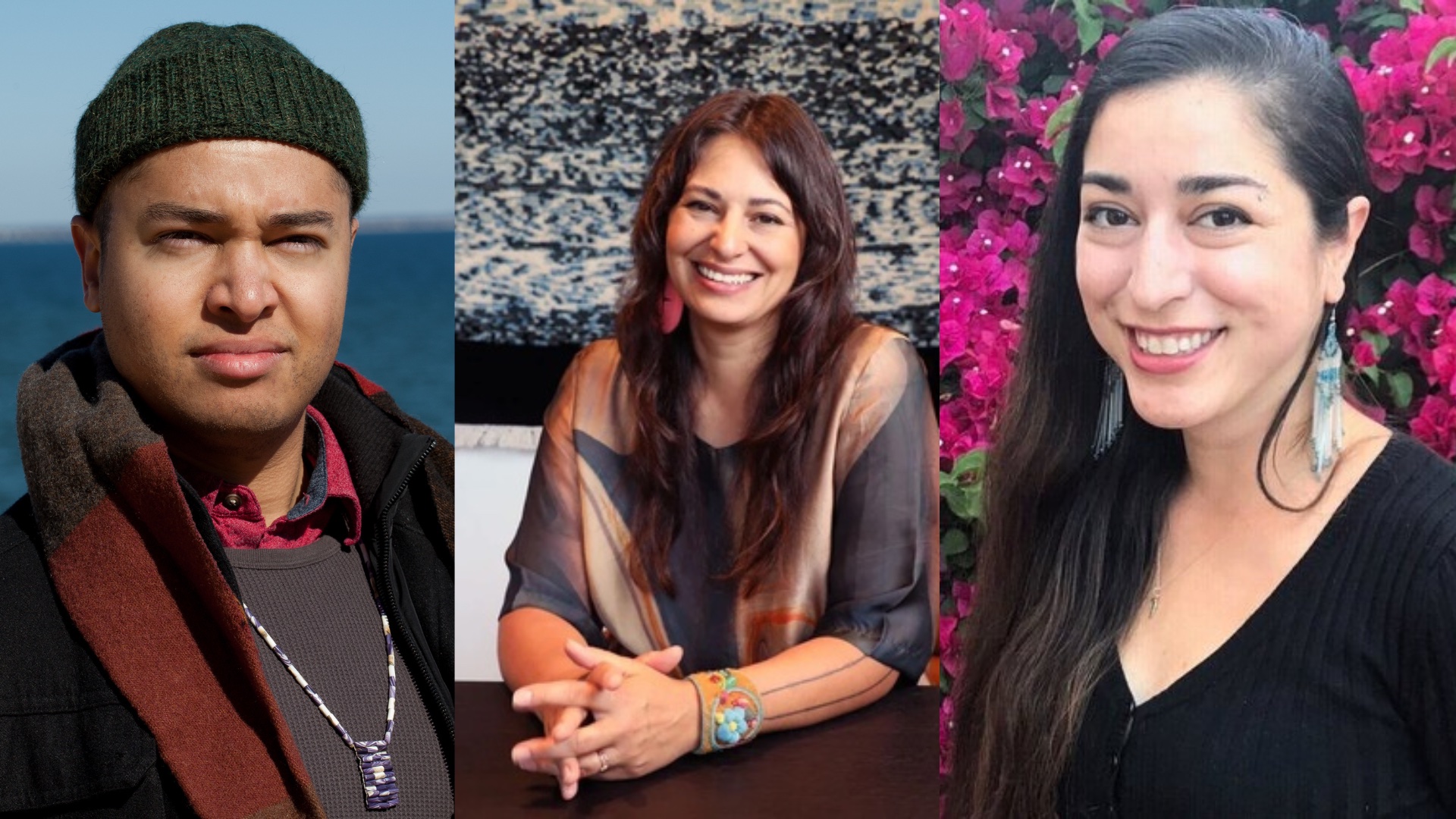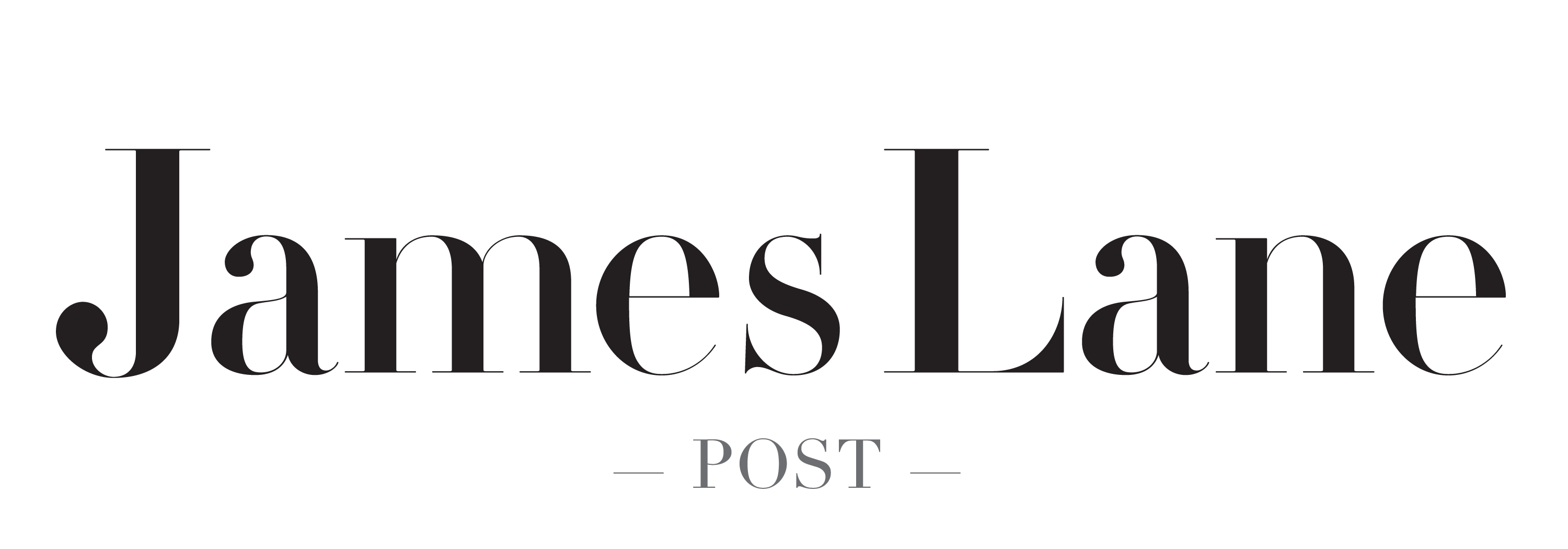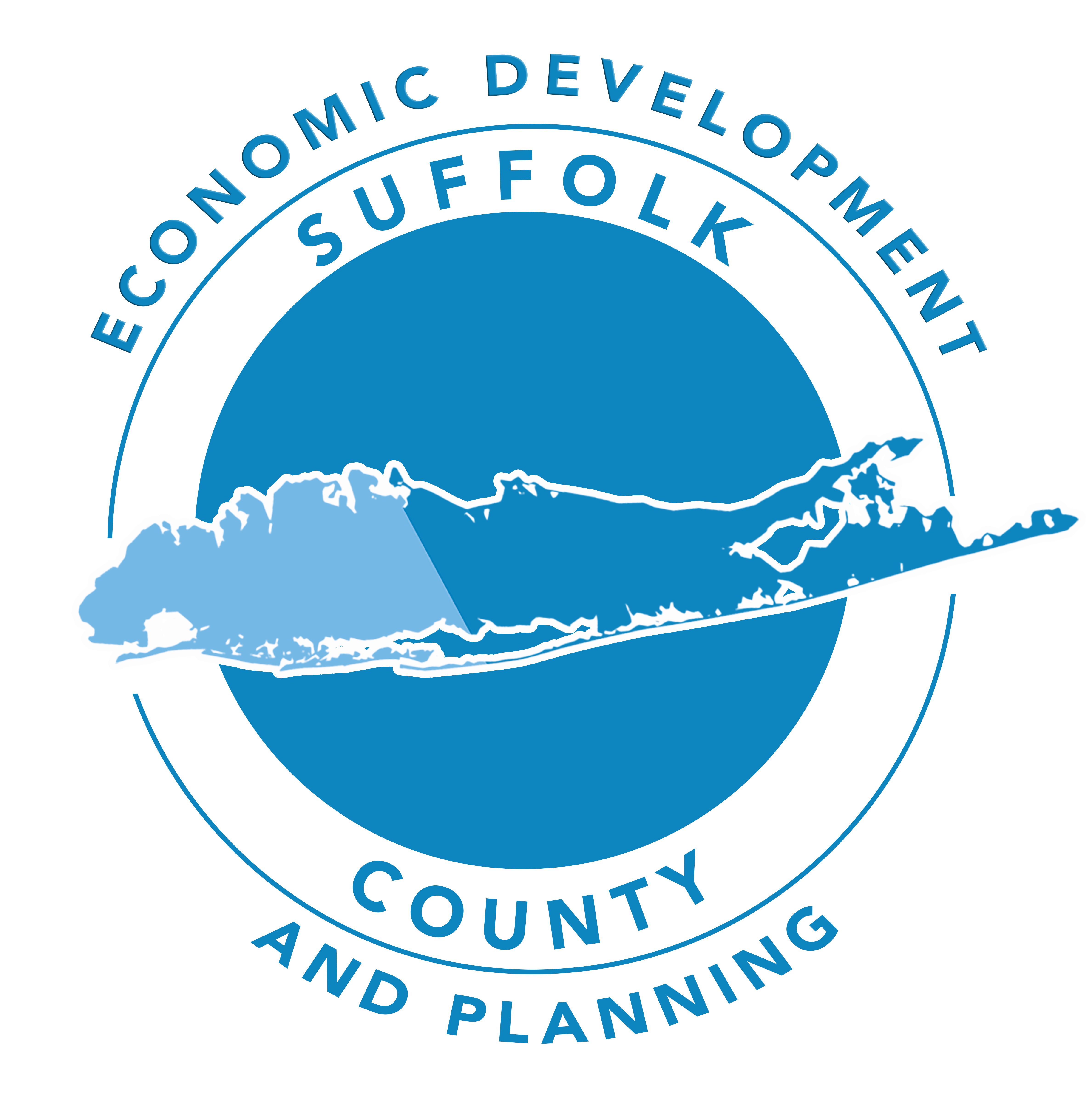Join Photographer and Founder of Ma’s House & BIPOC Art Studio, Jeremy Dennis, Executive Director of Forge Project, Candice Hopkins, and Linguist and Guild Hall Community Artist-in-Resident, Wunetu Wequai Tarrant at Main Prospect in Southampton Village for an intimate conversation on contemporary Indigenous arts and culture, making space for Native kinship, and building community in the region. The conversation will focus on the work and experiences of the artists’ current initiatives within Ma’s House & BIPOC Art Studio, Forge Project, and The First Literature Project. Complimentary food and drink from Main Prospect will be served.
The evening is presented as part of GATHER: Conversations Led by Black & Indigenous Changemakers, co-produced by Guild Hall and Ma’s House & BIPOC Art Studio. Revenue from the program will equally support Learning & Public Programs at both Guild Hall and Ma’s House & BIPOC Art Studio.
ABOUT FORGE PROJECT
Forge Project is a Native-led initiative centered on Indigenous art, decolonial education, and supporting leaders in culture, food security, and land justice. Located on the unceded homelands of the Muh-he-con-ne-ok in Upstate New York, Forge Project works to upend political and social systems formed through generations of settler colonialism.
Launched in 2021, Forge Project serves the social and cultural landscape of shared communities through a funded fellowship program for Indigenous culture workers, including those working in food and land justice, law and decolonial governance, and art. Forge hosts Native-led public education and events, a lending art collection focused on contemporary art by Indigenous artists, and art-,land-, and food-based educational programming at the Community Learning Kitchen developed in partnership with Sky High Farm.
ABOUT THE FIRST LITERATURE PROJECT
The First Literature Project (FLP) supports the preservation of Indigenous stories, culture, and language by utilizing immersive Virtual Reality (VR) technology to create virtual orations, one of which will be the first story ever to be translated into the Shinnecock language. The VR orations share treasured Shinnecock history and traditions from interviews with members of the Shinnecock Nation and Leaders of the Padoquohan Medicine Lodge. The FLP is supported by the Creatives Rebuild New York Grant, the Guild Hall Community Artist-in-Residence program, and the Padoquohan Medicine Lodge.
ABOUT GATHER: CONVERSATIONS LED BY BLACK & INDIGENOUS CHANGEMAKERS
GATHER spotlights the voices of BIPOC scholars, artists, and leaders, providing lessons on Black & Indigenous histories & traditions, and strategies for moving forward together. The program is co-produced by Guild Hall and Ma’s House & BIPOC Art Studio. Founded by Jeremy Dennis, artist and tribal member of the Shinnecock Indian Nation, Ma’s House is a communal art space that includes a residency program for Black, Indigenous, and People of Color (BIPOC), an art studio, and library. The series was awarded a 2022 Engaging Communities Award of Merit from the Museum Association of New York.
-
Jeremy Dennis
Jeremy Dennis (b. 1990) is a contemporary fine art photographer and a tribal member of the Shinnecock Indian Nation in Southampton, NY. In his work, he explores indigenous identity, culture, and assimilation.
Dennis was one of 10 recipients of a 2016 Dreamstarter Grant from the national non-profit organization Running Strong for American Indian Youth. He was awarded $10,000 to pursue his project, On This Site, which uses photography and an interactive online map to showcase culturally significant Native American sites on Long Island, a topic of special meaning for Dennis, who was raised on the Shinnecock Nation Reservation. He also created a book and exhibition from this project. Most recently, Dennis received the Creative Bursar Award from Getty Images in 2018 to continue his series Stories.
In 2013, Dennis began working on the series, Stories—Indigenous Oral Stories, Dreams and Myths. Inspired by North American indigenous stories, the artist staged supernatural images that transform these myths and legends to depictions of an actual experience in a photograph.
Residencies: Yaddo (2019), Byrdcliffe Artist Colony (2017), North Mountain Residency, Shanghai, WV (2018), MDOC Storytellers’ Institute, Saratoga Springs, NY (2018). Eyes on Main Street Residency & Festival, Wilson, NC (2018), Watermill Center, Watermill, NY (2017) and the Vermont Studio Center hosted by the Harpo Foundation (2016).
He has been part of several group and solo exhibitions, including Stories—Dreams, Myths, and Experiences, for The Parrish Art Museum’s Road Show (2018), Stories, From Where We Came, The Department of Art Gallery, Stony Brook University (2018); Trees Also Speak, Amelie A. Wallace Gallery, SUNY College at Old Westbury, NY (2018); Nothing Happened Here, Flecker Gallery at Suffolk County Community College, Selden, NY (2018); On This Site: Indigenous People of Suffolk County, Suffolk County Historical Society, Riverhead, NY (2017); Pauppukkeewis, Zoller Gallery, State College, PA (2016); and Dreams, Tabler Gallery, Stony Brook, NY (2012).
Dennis holds an MFA from Pennsylvania State University, State College, PA, and a BA in Studio Art from Stony Brook University, NY.
He currently lives and works in Southampton, New York on the Shinnecock Indian Reservation.
-
Candice Hopkins
Candice Hopkins is a citizen of Carcross/Tagish First Nation and lives in Red Hook, New York. Her writing and curatorial practice explores the intersections of history, contemporary art, and indigeneity. She worked as senior curator for the 2019 and 2022 editions of the Toronto Biennial of Art and was part of the curatorial team for the Canadian Pavilion of the 58th Venice Biennale, featuring the work of the media art collective Isuma. She is co-curator of notable exhibitions including Art for New Understanding: Native Voices 1950s to Now; the 2018 SITE Santa Fe biennial, Casa Tomada; documenta 14 in Athens, Greece, and Kassel, Germany; Sakahàn: International Indigenous Art at the National Gallery of Canada and Close Encounters: The Next 500 Years in Winnipeg, MB. Her essays include “The Gilded Gaze: Wealth and Economies on the Colonial Frontier,” for the documenta 14 Reader, “Outlawed Social Life” for South as a State of Mind, and “The Appropriation Debates (or The Gallows of History)," for New Museum/MIT Press. In 2021 she was a recipient of the inaugural Noah Davis Prize, along with Thomas Lax and Jamillah James.
-
Wunetu Wequai Tarrant
Wunetu Wequai Tarrant is a member of the Shinnecock Indian Nation, located on the East End of Long Island, NY. She grew up with her family on the Shinnecock reservation peninsula. Wunetu has been inspired by her grandmother and matriarch of the ThunderBird clan, Elizabeth ‘Chee Chee’ ThunderBird Haile, to promote cultural preservation and education. She received a Bachelor of Fine Arts degree from Alfred University in 2011, a Masters of Native American Linguistics and Languages from the University of Arizona 2020 and is currently a Linguistics Ph.D. candidate at the University of Arizona focusing on the reconstruction and revitalization of the Shinnecock dialect of Southern New England Algonquian.
Wunetu has worked closely with the Algonquian Language Revitalization Project on designing curriculum and activities for teaching Shinnecock and related dialects and continues to research best practices in language research and production of materials that will be accessible to community members and teachers regardless of linguistic education experience. She has continued to advocate for Indigenous students as the Julia & Bernard Bloch fellow (2019-2022) and special interest groups through the Linguistic Society of America.
Wunetu is a 2022 – 2024 Guild Hall Community Artist-in-Residence (CAiR). With support from the competitive Creatives Rebuild New York grant, Wunetu and filmmaker, Christian Scheider will spend the next two years developing the First Literature Project (FLP) work. The FLP aims to support the preservation of Indigenous stories, culture, and language by utilizing immersive 3D, VR, and holographic technology to create two immersive orations to be exhibited at Guild Hall in Spring 2024. Additionally, another component of this project will include a compilation of all materials utilized to help with Shinnecock language research to create a centralized database that will help with future research, as well as a video archive for the Padoquohan Medicine Lodge to document the interviews with Shinnecock Tribal members.
Photo: Phil Lehans
Sponsors
This program is generously supported by Maureen McMahon and Josh Baratz, and public funding provided by Suffolk County.
Media Partner: James Lane Post
Guild Hall’s Learning + New Works programs are made possible by the New York State Council on the Arts with the support of the Office of the Governor and the New York State Legislature. Additional major support comes from The Patti Kenner Arts Education Fellowship, the Lewis B. and Dorothy Cullman Endowment Fund, and The Melville Straus Family Endowment.








